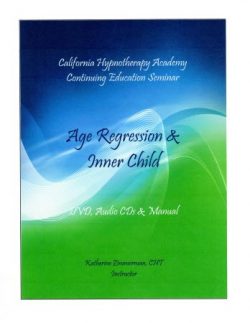

As such, researchers in the past have suggested various approaches to address the challenge. 5, we conclude the paper.Īutomatic age generation is a topic of importance with many real-life applications. 4, we present our experiments and the results. 3, we discuss the methodology we have proposed, and in Sect. 2, we discuss the recent and relevant literature on the topic of computer-based face ageing. The rest of this paper is organised as follows. The deployment of a face ageing algorithm with two key parameters-based on the shape and texture characteristics of the input face-to efficiently generate the aged faces,Īnd to propose a method based on computer-based face recognition to test and verify the accuracy of the computer-generated aged faces. The development of an efficient template-based formulation to generate specific ages from a given facial image, The key objective of the proposed work is to develop and build a technique which addresses the age progression and regression of facial images based on the corresponding template images computed using different ethnicities as well as gender. addressed the changes in faces along with the ageing effects and demonstrated that several parts of the face-for instance, nose, mouth and eyes-as well as finding some proportions of differences between these parts and wrinkles can be utilised in the algorithmic form to simulate the ageing effect. On the other hand, principal component analysis (PCA) was used by Changseok with a 3D face shape model for extracting the components of age change from 3D face to which a test face was added in order to synthesise the output faces at various ages. In their method, they compute the average faces of various ages in order to synthesise ages with an input image to produce new faces. to simulate the effects of ageing of faces. The Cartoon technique to exaggerate age, for example, was reported by Burt et al. Many algorithms have been introduced in the literature to address the problem of ageing, and most of them rely on strategies which can simulate the effects of ageing on facial images. Figure 1 shows the typical set of aged face images a modern computer algorithm would generate, given a single frontal face image of an individual as input. Though it is known that all human faces follow the same general pattern of changes-for example, loss of baby fat from the young age to the appearing of prominent wrinkles at an older age-the rate of these changes is measurable with ethnicity and specific lifestyles. As people age, the physical morphology of the face does change. Hence, face ageing is complex and therefore raises significant challenges for computer-based models to create accurate and realistic-looking aged or de-aged faces. Our experimental results do suggest that the proposed approach achieves accuracy, efficiency and possess flexibility when it comes to facial age progression or regression.Īs far as the ageing of the face is concerned, lifestyle- and health-related factors are known to affect the process of physical ageing. We have utilised two datasets, namely the FEI and the Morph II, to test, verify and validate our approach. To do this, we have utilised a pre-trained convolutional neural network based on the VGG-face model for feature extraction, and we then use well-known classifiers to compare the features. To validate our approach, we compute the similarity between aged images and the corresponding ground truth via face recognition. The resulting image is controlled by two parameters corresponding to the texture and the shape of the face. Thus, given a face image, the target aged image for that face is generated by applying it to the relevant template face image. We use template faces based on the formulation of an average face of a given ethnicity and for a given age. In this paper, we propose a novel approach to try and address this problem. Over the past decade or so, researchers have been working on developing face processing mechanisms to tackle the challenge of generating realistic aged faces for applications related to smart systems. As such, automatic aged or de-aged face generation has become an important subject of study in recent times.

Techniques for facial age progression and regression have many applications and a myriad of challenges.


 0 kommentar(er)
0 kommentar(er)
